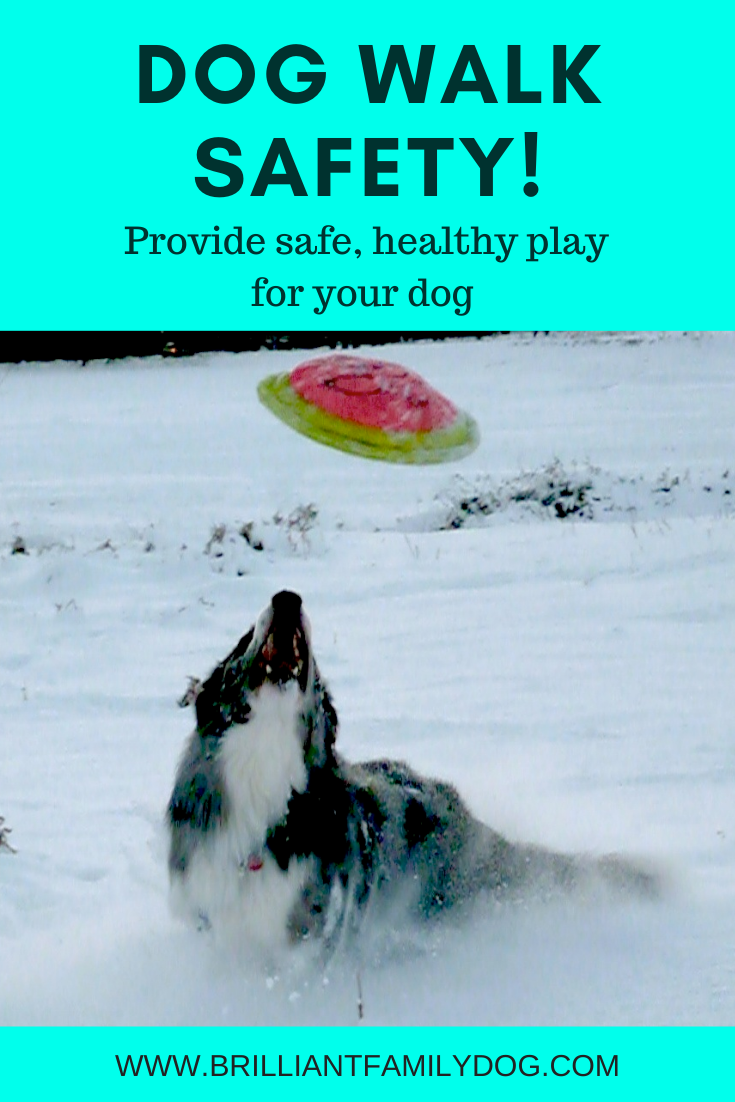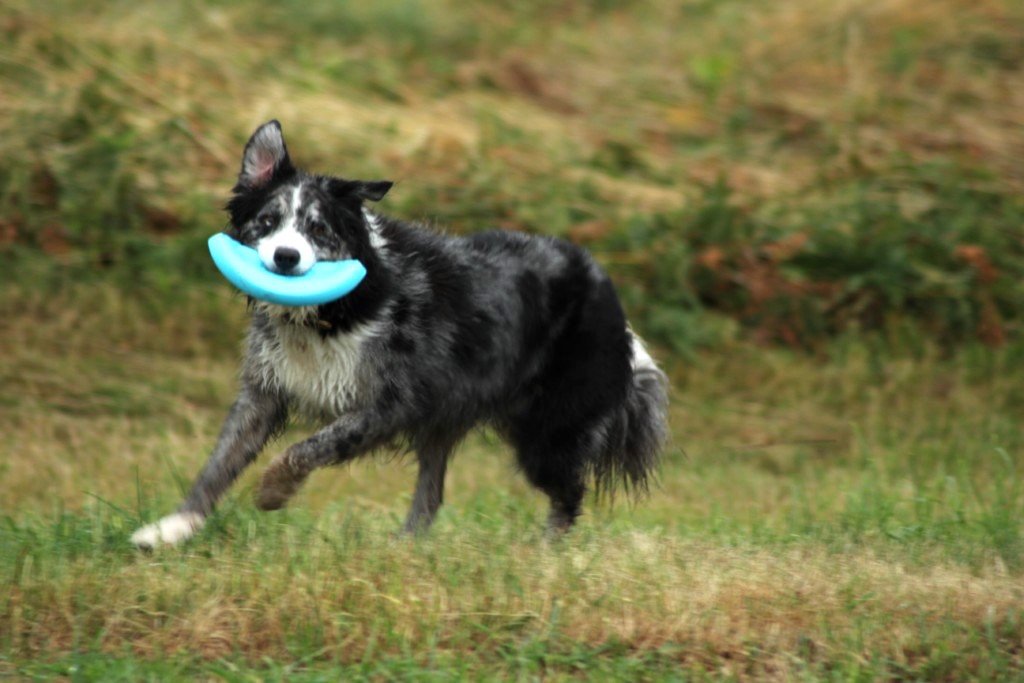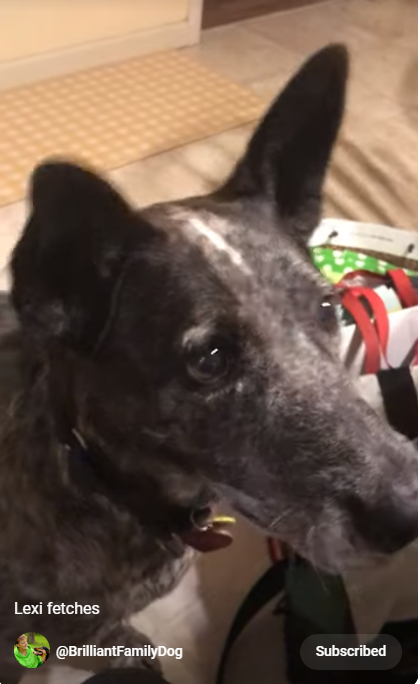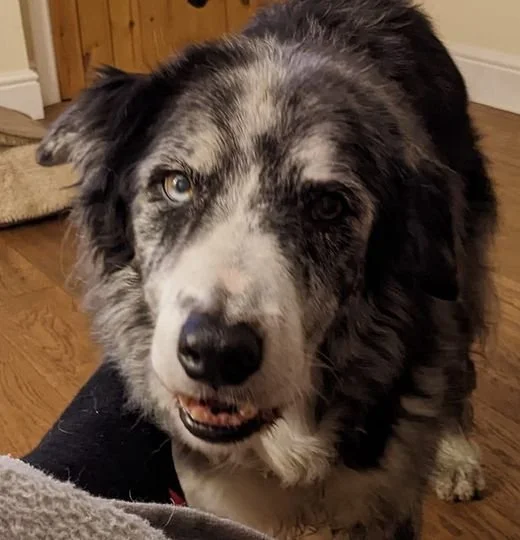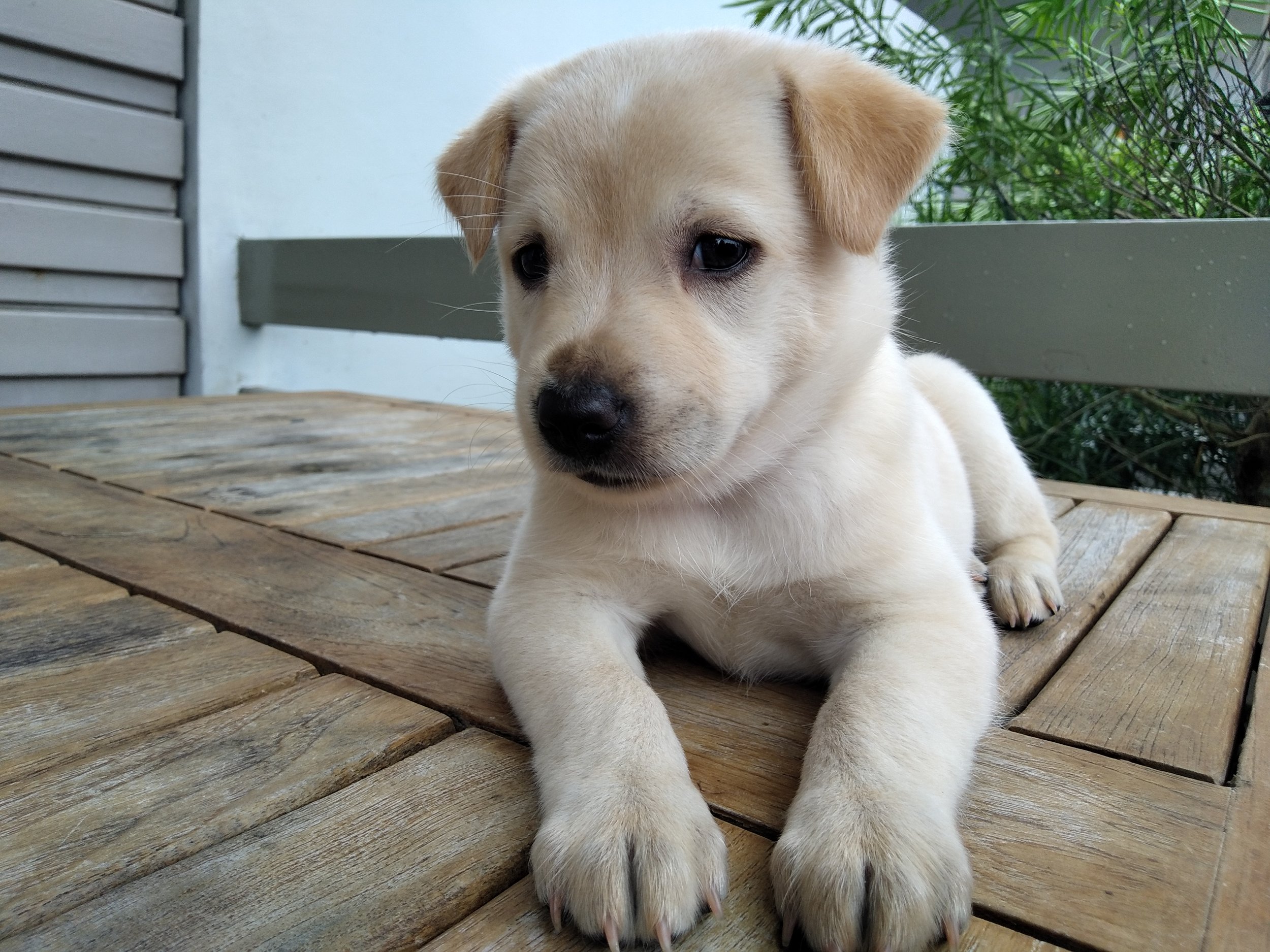Of course you don’t hit your dog!
You wouldn’t be here in Brilliant Family Dog if you did!
But the thing is, you don’t need to actually hit someone for them to feel bad about you.
This is so for dogs as well as for people.
Different forms of punishment
So you may ignore your dog. Lots of “dog trainers” tell you to do that.
Now imagine how you’d feel if a loved one ignored you! Refused to speak to you!
🐕 Wouldn’t you creep and crawl inside?
🐕 Feel like a worm?
🐕 Wonder what you’ve done to upset them?
🐕 No idea how to put things right?
That’s just how your dog would feel!
I think that if I offended someone, I’d much rather they explained to me how I had done so, so that I could put it right in the future, and not repeat my mistake.
So you can do the exact same with your dog.
Just show him that what he did didn’t work. Ask him again, and when he gives the smallest hint of doing what you’d prefer, reward that - fast and fully!
Dogs are Doers. They are not Not-Doers.
Leaving your dog in a vacuum of silence will not help him understand one bit.
Old saws are not necessarily right!
There’s a saying: “Sticks and stones may break my bones, but words will never hurt me.”
I couldn’t disagree more!
How someone feels about you is so important to you! If someone is unkind to you, or unfair, doesn’t that hurt? With real pain?
If they say harsh things, wag a finger, shout in your face, isn’t that frightening?
Your dog is the same!
Punishment rewards the punisher
You see, punishment rewards the punisher.
The only person who benefits is the person doing the punishing, in whatever form - whether hitting, shouting, abusing, belittling - they are the ones who get a gratifying feeling. Some even get a visceral thrill.
While punishment does little good to the one being punished.
Yes - it may temporarily suppress behaviour (just long enough for the so-called trainer to cash your cheque) - in the presence of the punisher. But it’s not going to stop it, because there is no CHOICE involved on the part of the victim.
Giving your dog, or child, or friend, or colleague, a choice in how they respond is critical for them to learn and want to repeat that choice.
Losing your temper
Yep! I put my hand up, along with the rest of the universe! We can all lose our temper, get frustrated, reach the end of our tether.
But if you give in to the moment and - even just yell at your dog - how does it make you feel?
Do you feel proud of yourself?
Or do you realise that you have just taken a chunk out of your relationship with your dog, which will have to be restored double-quick?
And what if children were watching? What have they learnt, about you, about how to manage people, how to manage animals?
What if another adult was watching? What do they now think of you? Do you like what they’re thinking?
Looking at things from an outside point of view can help us see more clearly what we are doing!
Yes, we can all have uncharacteristic outbursts. But before you justify yourself to yourself by saying the dog was driving you mad, was not listening, was being deliberately difficult - keep in mind that your dog is from another species. He doesn’t understand verbal language (he associates sounds, sure, but not as we do).
We are honoured to be able to forge an unbreakable bond with the dog in our care.
We are blessed to have this learning every day - of working out why creatures (people or dogs) do what they do, and how we can get them to fit in with our plans without any coercion, force, or intimidation.
Gobbledygook!
And if this all sounds like outer gobbledygook, do watch my free Workshop here . It shows you what may possibly be a new way to relate to your dog.
As this correspondent says:
“Your teaching is a revelation! Honestly I’ve spent 40 years doing what I thought was right. Now, as soon as my new puppy chooses to do something I want she gets a reward. I hope - thanks to you - I’m getting it more right than I used to.” JP
And that dog-owner had learnt all that from my books! Want to see what you can learn too? Head over to this page. And we can both benefit from you buying direct from the author (that's me!)





